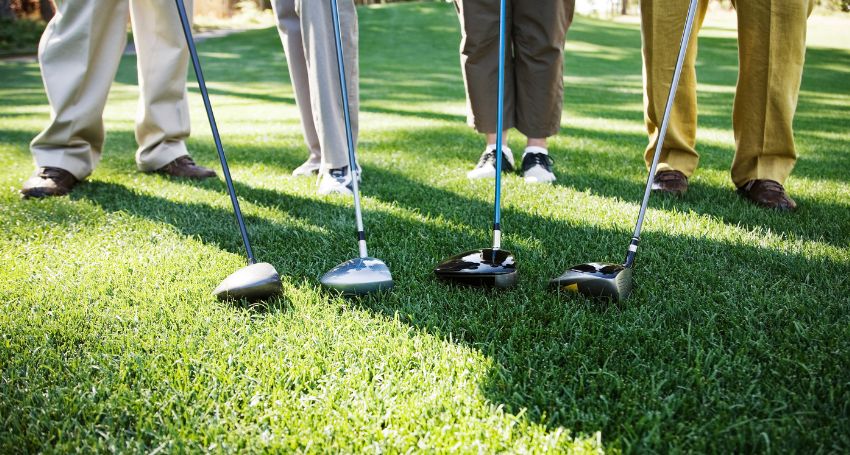The golf shaft may be something you have considered to be important, or perhaps not. The type of shaft you have for your golf clubs is very important, and when getting your clubs fitted by a SwingFit professional club fitter, you will have this changed and chosen for your game.
1. The Fundamentals of Shaft Flex
If you’re beginning to learn about the game, don’t take care of shaft flex. A handful of shaft manufacturers utilize different lettering in place of SR, R, S, X, and TX to identify the flex of the fairway or driver shaft. Still, the majority of manufacturers utilize the same letters. There are two flexes: R (Senior) and the R (Regular) Flexes are designed to slow swing speeds and golfers that require help getting the ball into the air. If your game improves and you develop more speed, you’ll play either an S (Stiff) or an XS (Extra Stiff) Flex. TX (Tour Extra Stiff) TX (Tour Extra Stiff) is the most robust and flexible available and was designed for the highest swing speeds.
2. Be Aware of The Big Five
There are five essential aspects you should be aware of regarding shafts.
Length
This measurement in inches tells you how long the shaft measures.
Flex
It measures the capability of a shaft to bend when pushed by the golf swing. The majority of times, slower swing speeds are better suited to flexible shafts (ladies and regular flex, senior), while higher speeds require less flex (stiff or x-stiff flexibility)
Weight
This measurement is typically in grams, giving the number of grams the shaft weighs.
Kick Point
The kick point is a portion of the shaft that will be most bent during the swing. A low kick point is towards the head, a high point is towards the grip, and a middle kick point is located near the middle of the shaft. Kick points affect how the club feels and the direction in which the ball takes off.
Torque
It typically measures in degrees the shaft’s resistance to twisting. A low torque (around 2-3 degrees) signifies that the shaft does not twist or torque at all, while excessive torque (around 5+ deg) indicates that the shaft turns quite a bit. Low torque works best for high swing speeds, while high torque works better for slower ones.
3. It Affects How You Swing
Your golf equipment and your swing function dynamically. This is a relationship where one affects the performance of the other. This is particularly relevant to the golf shafts you use: When the golf shaft you’re using can be too heavy for your strength, your technique might be affected as you try to do all you can to push the shaft. If the shafts are too long, your swing could also be longer, which could alter your timing. Fitness is an easy solution, but it’s equally important to talk to your coach and be aware of what tendencies you exhibit with your swing. Discussing these with your trainer while you’re getting fitted is also important.
Incase you’re interested in learning more about the history of Cobra golf we’ve shared a detailed article to our audience. We’d love to hear your feedback once you’ve read it.





























































